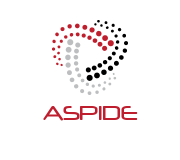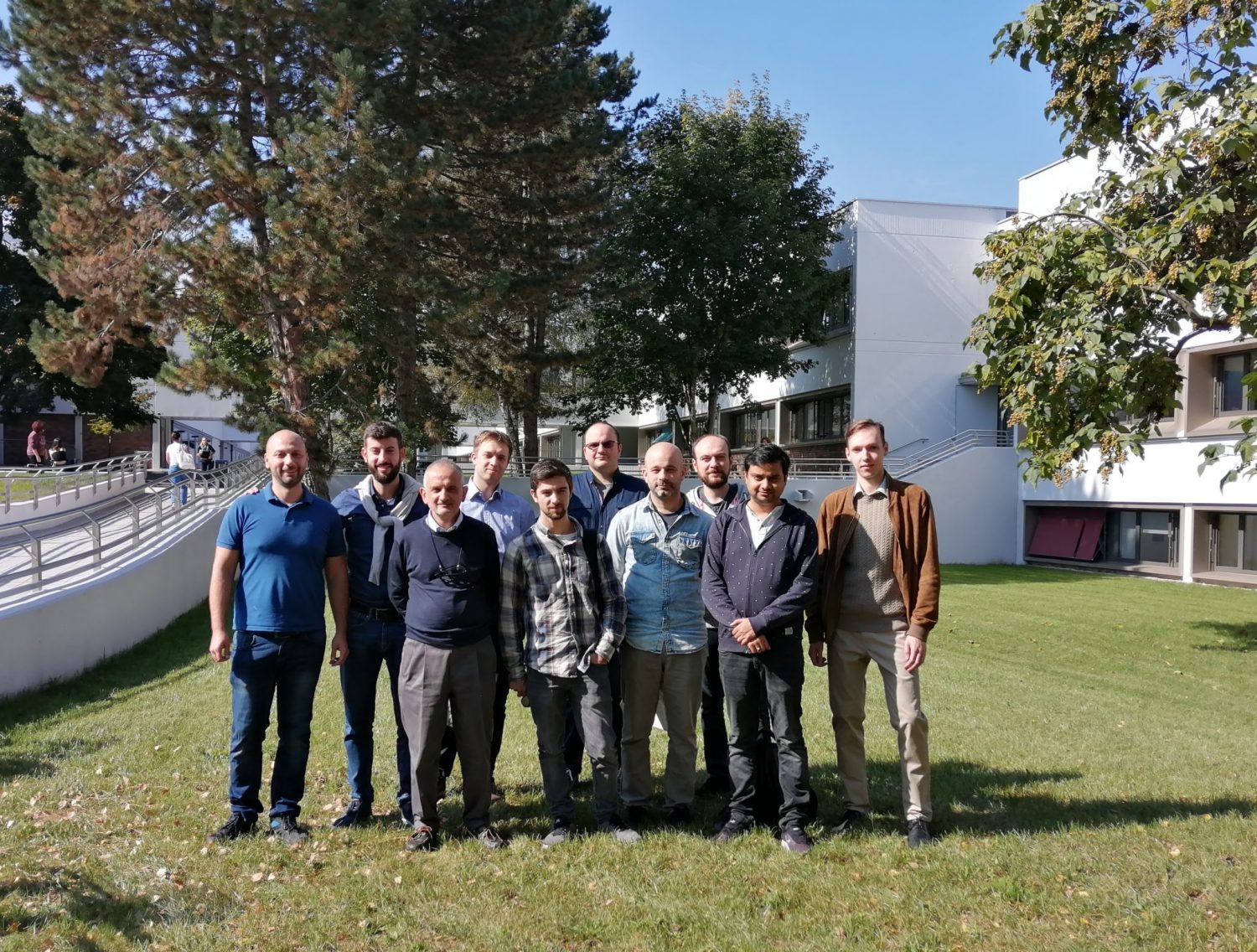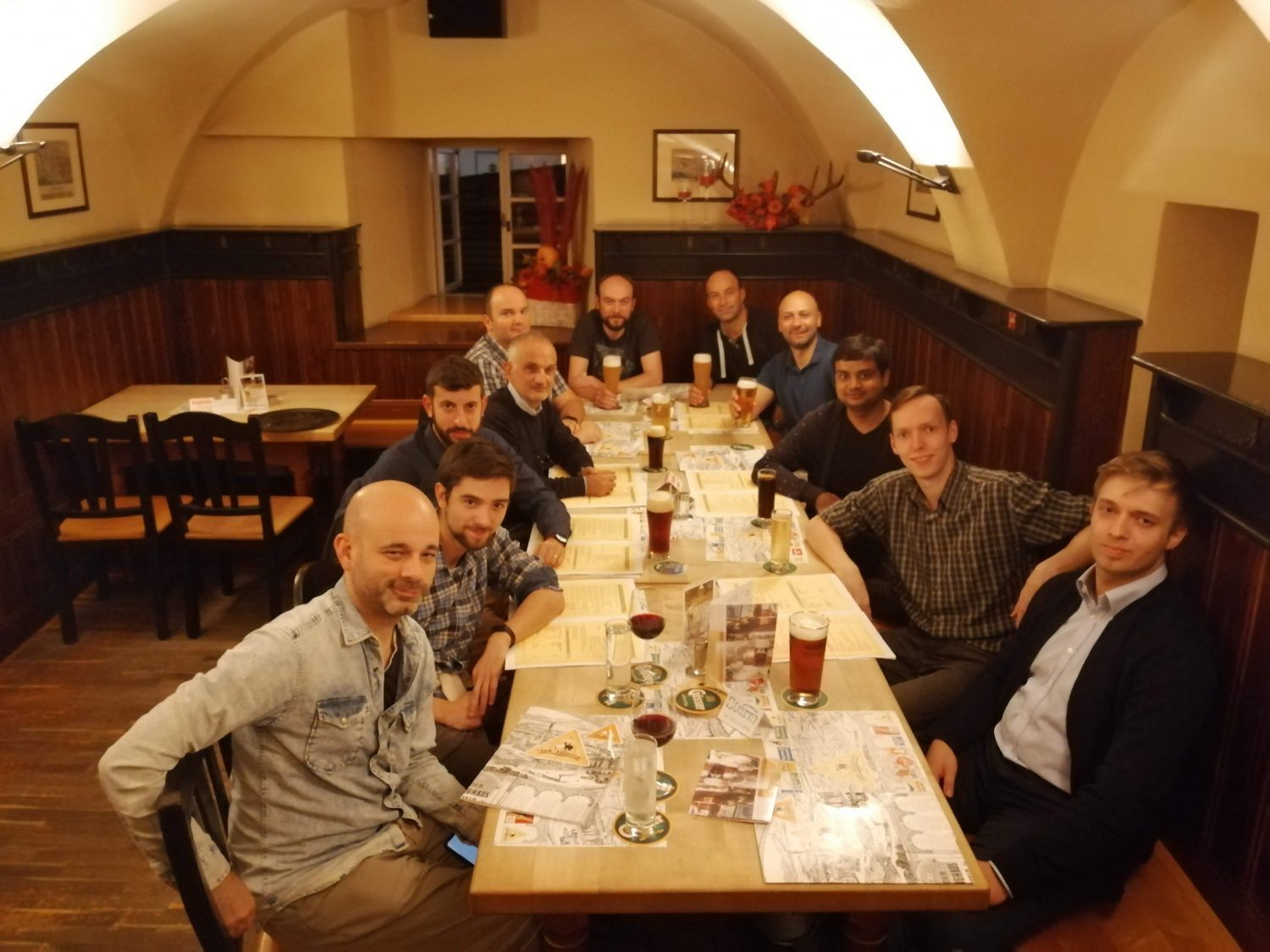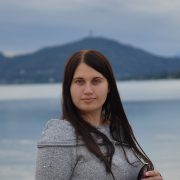Narges Mehran presented the paper “MAPO: A Multi-Objective Model for IoT Application Placement in a Fog Environment” at the 9th International Conference on the Internet of Things, IoT 2019 in Bilbao, Spain (October 22-25, 2019).
Authors: Narges Mehran, Dragi Kimovski, Radu Prodan (Alpen-Adria Universität Klagenfurt).
Abstract: The emergence of the Fog computing paradigm that leverages in-network virtualized resources raises important challenges in terms of resource and IoT application management in a heterogeneous environment with limited computing resources. In this work, we propose a novel Pareto-based approach for application placement close to the data sources called Multi-objective IoT Application Placement in fOg (MAPO). MAPO models applications based on a finite state machine using three conflicting optimization objectives, completion time, energy consumption, and economic cost, and considering both the computation and communication aspects. In contrast to existing solutions that optimize a single objective, MAPO enables multi-objective energy and cost-aware application placement. To evaluate the quality of the MAPO placements, we created both simulated and real-world testbeds tailored for a set of medical IoT application case studies. Compared to the state-of-the-art approaches, MAPO reduces the economic cost by 28%, while decreasing the energy requirements by 29-64% on average, and improves the completion time by a factor of six.
Track: IoT Edge and Cloud @IoT’19
Acknowledgement: Austrian Research Promotion Agency (FFG), project 848448, Tiroler Cloud, funded this work.

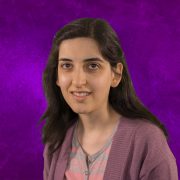
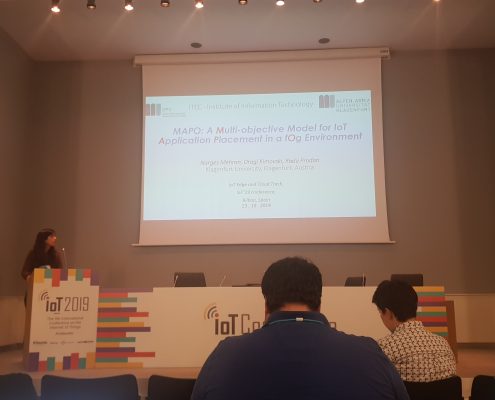
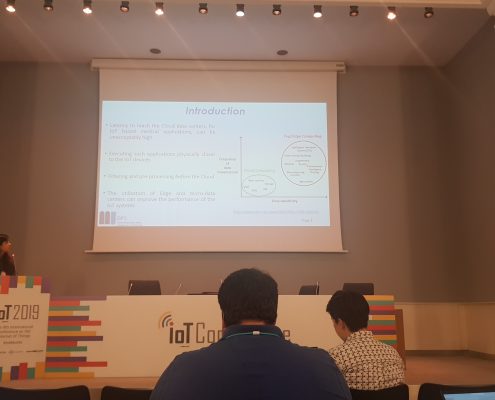
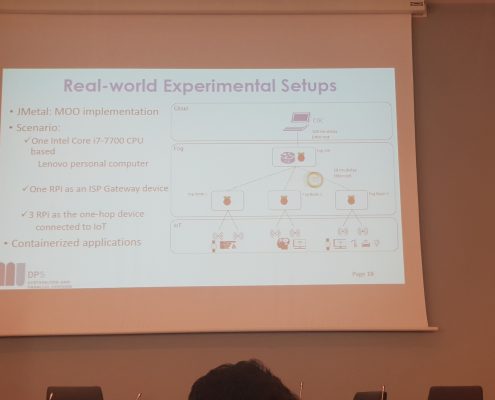
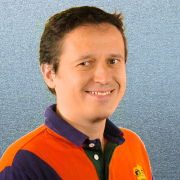

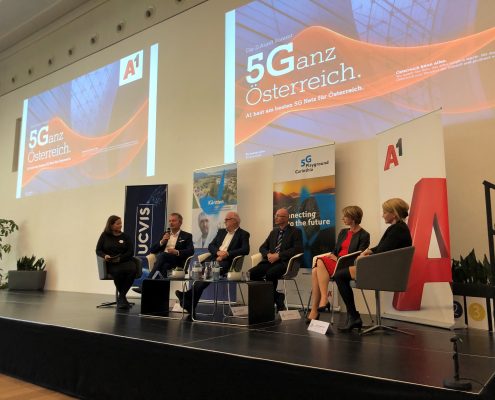 Mit dem 5G Summit Carinthia, ein Kurzsymposium zur neuen Mobilfunktechnologie 5G, wurde heute der 5G Playground Carinthia feierlich eröffnet. Der 5G Playground Carinthia ist österreichweit die erste Serviceeinrichtung für die Erforschung und Weiterentwicklung von 5G-spezifischen Anwendungen, Services und Geschäftsmodellen. Das Bundesministerium für Verkehr, Innovation und Technology (BMVIT) sowie das Land Kärnten finanzieren dieses einzigartige Forschungslabor im Süden Österreichs. A1 Telekom Austria stellt die technische Infrastruktur zur Verfügung.
Mit dem 5G Summit Carinthia, ein Kurzsymposium zur neuen Mobilfunktechnologie 5G, wurde heute der 5G Playground Carinthia feierlich eröffnet. Der 5G Playground Carinthia ist österreichweit die erste Serviceeinrichtung für die Erforschung und Weiterentwicklung von 5G-spezifischen Anwendungen, Services und Geschäftsmodellen. Das Bundesministerium für Verkehr, Innovation und Technology (BMVIT) sowie das Land Kärnten finanzieren dieses einzigartige Forschungslabor im Süden Österreichs. A1 Telekom Austria stellt die technische Infrastruktur zur Verfügung.